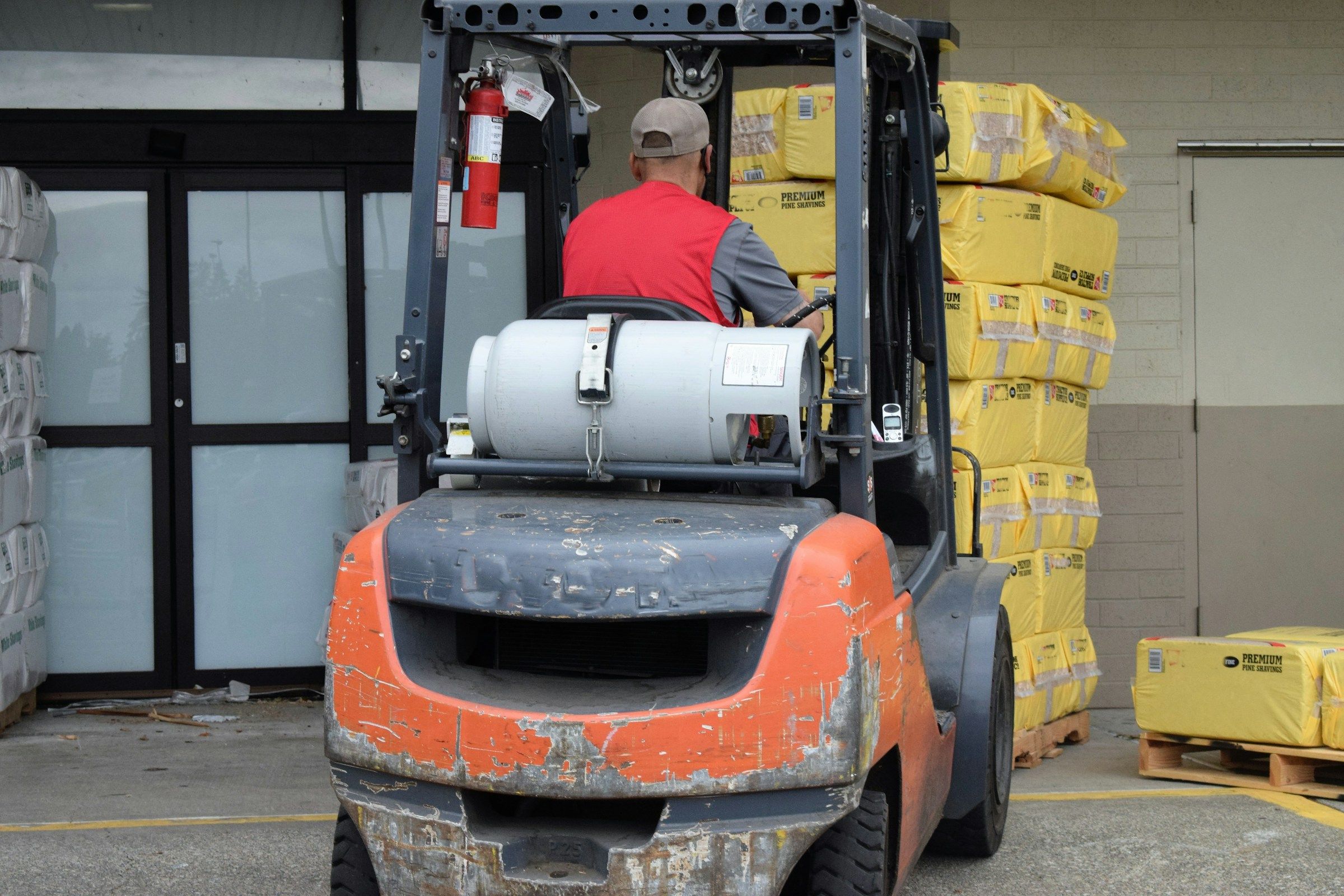business resources
The Whys and Hows of Improving Heavy Lifting Safety in Your Business
5 Jul 2024, 7:20 pm GMT+1
In industrial and construction settings, heavy lifting is a routine yet potentially hazardous task. From manufacturing plants to warehouse operations, the safety of lifting operations directly impacts both employee well-being and operational efficiency. By implementing these strategies, you can not only mitigate risks but also foster a culture of safety that enhances overall workplace productivity and morale.
Implementation of Safe Lifting Practices
Encourage and enforce safe lifting practices among your workforce. This includes techniques such as lifting with the legs, not the back, maintaining a stable footing, and avoiding sudden movements. This includes techniques such as lifting with the legs, not the back, maintaining a stable footing, and avoiding sudden movements in heavy lifting, thereby significantly reducing the risk of musculoskeletal injuries and improving overall workplace safety. Provide ergonomic aids like lifting belts or assistive devices where appropriate to reduce strain on employees.
Importance of Heavy Lifting Safety
Ensuring safety during heavy lifting operations isn’t just about compliance - it’s about safeguarding your most valuable asset - your employees. Accidents during lifting can result in severe injuries, ranging from strains and fractures to more serious spinal injuries or even fatalities. By prioritizing safety measures, you protect your workforce and reduce the likelihood of costly downtime due to accidents.
Legal Compliance and Liability Reduction
Prioritizing heavy lifting safety not only ensures compliance with regulatory standards such as OSHA (Occupational Safety and Health Administration) requirements but also mitigates potential legal liabilities. In the event of an accident, demonstrating adherence to safety protocols can significantly reduce the risk of fines, penalties, or legal claims against your business. Moreover, a proactive approach to safety enhances your reputation as a responsible employer committed to employee welfare, which can positively impact employee retention and recruitment efforts.
Operational Efficiency and Cost Savings
Safety measures in heavy lifting operations contribute to operational efficiency by minimizing disruptions caused by injuries or equipment damage. By preventing accidents, businesses avoid the direct costs associated with medical expenses, worker compensation claims, and equipment repairs or replacements. Indirect costs, such as lost productivity and training replacement workers, are also reduced. Investing in safety measures thus becomes not just a safeguard against accidents but a strategic initiative that supports long-term financial stability and growth.
Risk Assessment and Planning
Before any lifting operation begins, conduct a thorough risk assessment. Identify potential hazards such as improper lifting techniques, overexertion, or inadequate equipment. Plan the lift carefully, considering factors like load weight, dimensions, and the environment. Communicate the plan clearly to all involved parties and ensure they understand their roles and responsibilities.
Proper Training and Certification
Ensure that all employees involved in heavy lifting are properly trained and certified. Training should cover safe lifting techniques, equipment operation, and hazard awareness. Certification programs like OSHA’s forklift operator certification or specialized rigging certifications can assure that your team is competent and knowledgeable in handling heavy loads safely.
- Invest in Comprehensive Training Programs: Provide initial and ongoing training that covers not only lifting techniques but also hazard recognition, emergency procedures, and equipment maintenance. Regular refresher courses can reinforce safe practices and update employees on industry standards.
- Encourage Continuous Learning: Foster a culture of learning where employees are encouraged to pursue advanced certifications or attend workshops that enhance their skills in heavy lifting and safety. This not only improves competence but also demonstrates your commitment to professional development.
- Certify Operators and Supervisors: Ensure that all personnel involved in lifting operations, from equipment operators to supervisors overseeing the process, hold relevant certifications. This validation ensures they possess the knowledge and skills necessary to mitigate risks and respond effectively to unforeseen challenges.
- Promote Accountability and Responsibility: Emphasize personal accountability for safety among all team members. Encourage reporting of near misses or safety concerns without fear of reprisal, fostering a proactive approach to identifying and addressing potential hazards before they escalate.
Utilization of Appropriate Equipment
Using the right equipment for the job is crucial for lifting safety. Whether it’s cranes, forklifts, hoists, or lifting slings, ensure equipment is regularly inspected, well-maintained, and suitable for the specific load and conditions. Investing in modern equipment with safety features can also enhance efficiency while reducing risks associated with manual handling.
Continuous Monitoring and Improvement
Safety is an ongoing process. Regularly monitor lifting operations for compliance with safety protocols and conduct audits to identify areas for improvement. Encourage feedback from employees regarding safety concerns or suggestions for enhancements. Implementing a culture of continuous improvement ensures that safety remains a priority and evolves with your business’s needs.

Improving heavy-lifting safety in your business isn’t just a legal or moral obligation - it’s a strategic investment in your workforce’s well-being and operational efficiency. By prioritizing risk assessment, proper training, equipment utilization, safe practices, and continuous improvement, you create a safer workplace environment where employees can perform their duties confidently and effectively. Remember, when it comes to heavy lifting safety, proactive measures today prevent incidents and costs tomorrow.
Share this
Arthur Brown
Writer
A dad of 3 kids and a keen writer covering a range of topics such as Internet marketing, SEO and more! When not writing, he's found behind a drum kit.
previous
Must-have AVG Cybersecurity Solutions For Modern Businesses
next
What Your Business Can Do to Ensure the Safe Handling and Use of Hydrogen